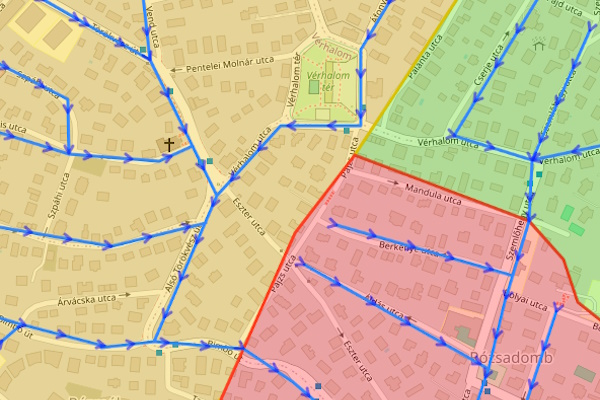Mapping Heat Sources

Mapping Heat Sources: A Step Towards a Sustainable Europe
The European Union is taking significant steps towards sustainability and energy efficiency by introducing new regulations requiring member states to map their heat sources comprehensively. This initiative aims to identify, quantify, and better utilize available thermal resources, thereby promoting sustainable energy practices across the continent.
Understanding the Need for Heat Source Mapping
Energy use for heating accounts for nearly half of Europe's total energy consumption, yet much of this heat is produced from fossil fuels, contributing heavily to greenhouse gas emissions. Recognizing this challenge, the EU has emphasized the urgent need to transition toward sustainable and renewable heat sources. Mapping heat sources becomes a critical first step to harness existing potentials efficiently.
What Does Heat Source Mapping Entail?
Heat source mapping involves detailed identification and documentation of all significant thermal resources within a region. These sources range from industrial waste heat and geothermal energy to solar thermal facilities and biomass potential. By creating detailed maps, governments, urban planners, and private sector entities can more effectively plan infrastructure projects, district heating systems, and renewable energy installations.
Benefits of Mapping Heat Sources
- Optimized Energy Efficiency: Precise mapping allows urban areas and industries to use excess or waste heat effectively, reducing overall energy consumption and emissions.
- Facilitating Renewable Integration: Accurate data on available renewable sources such as geothermal and biomass aids in their integration into existing energy networks.
- Economic Opportunities: Mapping can uncover untapped energy resources, promoting innovation, new investments, and local economic development.
- Enhanced Policy and Decision-Making: Reliable heat maps provide policymakers with actionable insights, facilitating better-informed energy strategies and sustainability targets.
EU's Strategic Vision
The European Union views heat mapping as integral to achieving its Green Deal objectives, notably the ambitious target of carbon neutrality by 2050. This mandatory mapping initiative is expected to drive significant shifts in energy consumption patterns, fostering an ecosystem where sustainable heat generation becomes the norm rather than the exception.
Looking Ahead
As member states begin their mapping processes, collaboration among government bodies, private industries, and research institutions will be essential. This cooperative approach will ensure comprehensive, accurate heat source maps that reflect genuine energy potentials and practical applications.
In conclusion, mapping heat sources represents more than an administrative task—it's a foundational step towards a cleaner, greener, and more sustainable Europe. By understanding precisely where and how heat is generated and can be sustainably utilized, the EU sets the stage for significant environmental, economic, and social advancements in the coming decades.






